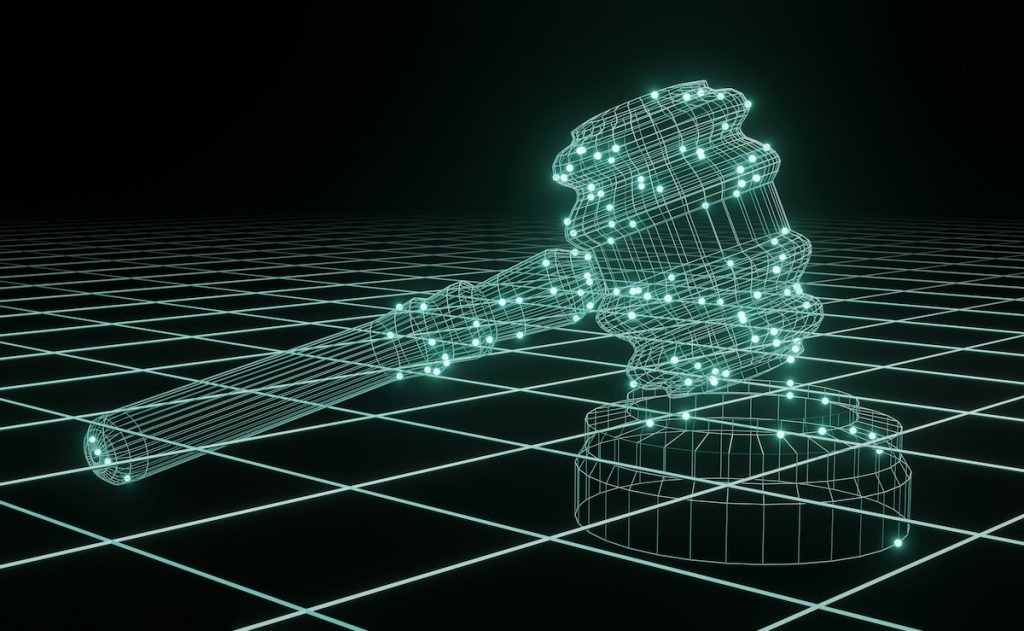A summary judgment motion is a legal mechanism employed in civil litigation that enables a party to seek the court to rule on a case without a full trial. This motion is made when the moving party thinks that there is no controversy over the material facts of the case and therefore, the case can be decided based on the law alone. In essence, the moving party contends that even if all the facts presented by the opposing party are accepted as true, the moving party is entitled to summary judgment.
The function of the motion for summary judgment by definition is to expedite the legal process by removing the necessity for a trial when there are no factual issues that need to be resolved by a judge or jury. If the court allows the summary judgment, the case is decided in favor of the moving party based on the arguments and evidence presented in the motion papers, without going to a full trial.
For a summary judgment to be granted, the moving party must demonstrate that: None of the material facts of the case are in genuine dispute. Factual matters are the ones that might influence the result of the litigation. They are entitled to summary judgment based on those undisputed facts.
Courts examine summary judgment motions very closely to make sure that the rights of non-moving party to a fair trial are not unfairly violated. If there is any uncertainty or proof that there are factual controversies, the motion will be denied, and the case will go to trial, where evidence will be given, and witnesses can be called to testify.
What evidence can be used in summary judgment?A summary judgment motion is a legal process used in civil cases to quickly dispose of a case without a trial. It is filed by either the plaintiff or defendant, who believes that there are no material facts in dispute and that they are entitled to judgment as a matter of law. The party moving for the motion contends that even though all the facts presented by the opposition are assumed to be true, the law will still favor the party seeking summary judgment. This motion should be part of a trial preparation checklist and can drastically reduce the time and costs associated with the trial when the court approves that no factual issues are left to be tried and that the case can be decided on legal issues only.
In a summary judgment motion, the parties may present an array of evidence, which is of the same nature as what would be presented during the trial, but without the need for live testimony. The types of evidence typically considered include: The types of evidence typically considered include:
Affidavits and Declarations: Affidavits are written statements made under oath by parties or witnesses, setting out facts that support the movant’s position.
Depositions: Depositions are transcripts of sworn testimony taken before trial where witnesses are questioned by attorneys from both sides.
Documents: Relevant documents include contracts, emails, letters, business records, and other written materials that are related to the case.
Photographs and Videos: Physical evidence that can prove or disprove the claims made by either side.
Expert Reports: Expert analyses and opinions in certain fields that are relevant to the case, which offer specialized perspectives on difficult matters.
Admissions: Admissions, which are the statements or facts admitted to by the opposing party, usually in response to formal requests for admissions or in other legal proceedings.
The court considers this evidence in the most favorable light to the non-moving party (the party opposing summary judgment). When the court discovers that there is no real dispute as to any material fact and that the moving party is entitled to judgment as a matter of law, it will award summary judgment, resolving some or all of the issues in the case without a trial. Should material facts be in dispute or if the interpretation of facts could differ among reasonable minds, the motion will be denied, and the case will proceed to trial.



